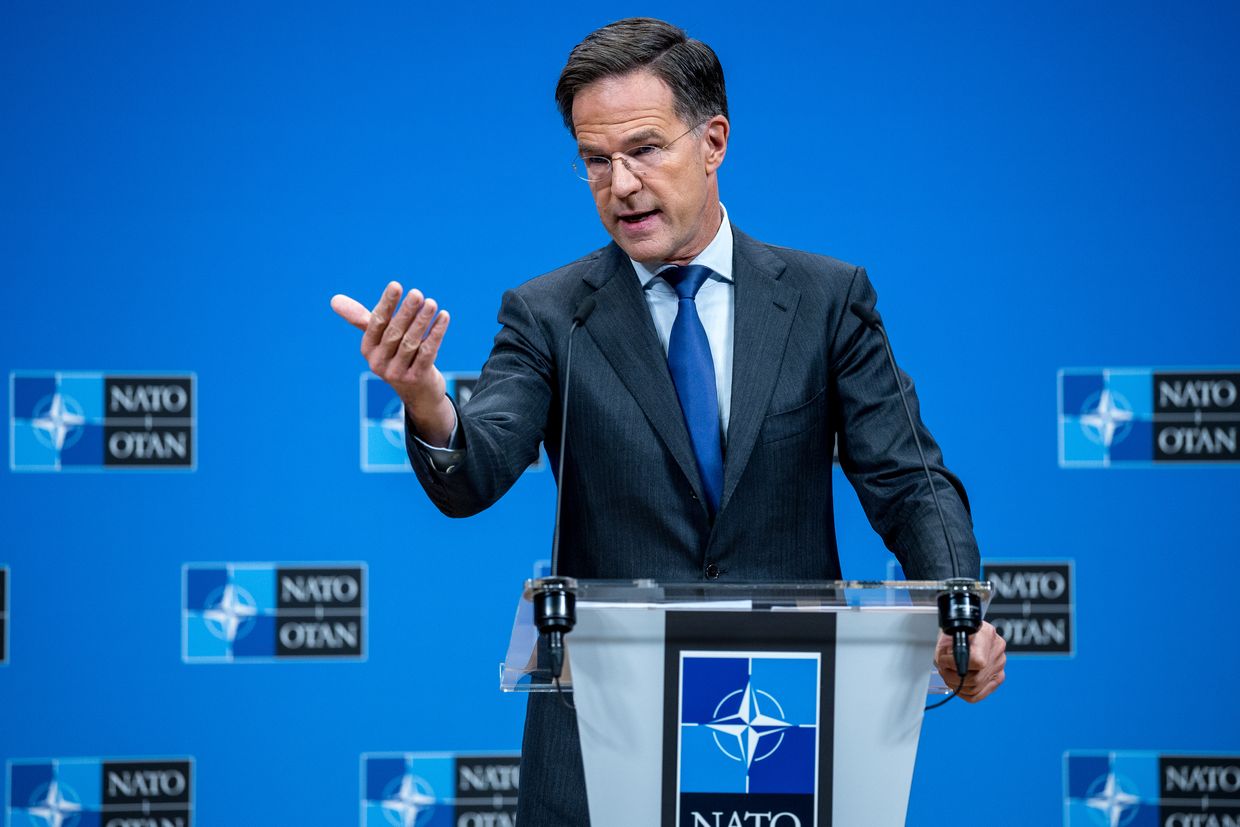In this edition of ETMarkets Smart Talk, Vikram Kasat, Head of Advisory at PL Capital, shares his perspective on the current market landscape amid geopolitical tensions and global uncertainty. While concerns around India-Pakistan relations and global tariff risks have caused volatility, Kasat believes such events are typically short-lived and unlikely to derail long-term growth prospects. He also highlights the importance of earnings recovery, sectoral opportunities, and strategic asset allocation—including up to 20% exposure to gold—as key drivers for investors navigating this evolving environment. Edited Excerpts –
Q) Thanks for taking the time out. We are seeing some volatile swings in the markets, thanks to the back-and-forth from Trump on tariffs and now some geopolitical concerns amid tensions between India and Pakistan. How are you looking at all this?
A) Historically, India-Pakistan tensions have caused temporary market dips, but markets tend to recover quickly if the situation doesn’t escalate into full-scale war.
Markets typically distinguish between political headlines and actual war risks. Unless there is a full-blown conflict—which is very rare—investors eventually shift their focus back to earnings, economic growth, and liquidity.
Q) It looks like we have entered a low-interest-rate environment. What should the asset allocation strategy be for an individual in the age bracket of 30–40 years?
A) The RBI has implemented a total of 50 basis points (bps) in repo rate cuts, and further reductions are likely. While normal monsoons have helped cool inflation, government capital expenditure and the expected benefits from the ₹1,000 billion tax cuts are positive factors.
However, the outlook remains extremely uncertain due to global cues. India continues to be one of the fastest-growing economies.
A similar boom is expected in this decade, supported by strong consumption growth and capital investment, aided by favorable policy support.
Suggested asset allocation for individuals aged 30–40:
Equity/Gold/Fixed Income (Bonds) – 70:20:10
Q) What is your take on the results that have come out from India Inc., and what are your expectations for the next few quarters?
A) NIFTY EPS has been revised downwards by 6.2% and 5.6% for FY26 and FY27, respectively, since October 2024. Ongoing tariff wars and the uncertain global environment may lead to further cuts in the first half of FY26.
We believe that domestically oriented sectors are likely to outperform in the near term. We expect Hospitals, Domestic Pharma, Retail, select Consumer Staples, Banks, Defence, and Power to lead the outperformance.
Q) Gold is back in the limelight as it hit the Rs 1 lakh mark in the physical market. Is it no longer just a safe haven but also a money-making machine? It has been outperforming equities for the past couple of years.
A) Over the past year, global GDP growth has moderated due to rising uncertainty, inflation, and disruptions in global trade and supply chains. Most countries are being forced to make significant adjustments to their economic plans. There has also been increased volatility in commodities such as crude oil, and metals.
In such an environment, gold is likely to remain firm as a safe haven. Historically, when markets experience sharp declines, gold tends to perform better or remain stable, helping to reduce overall portfolio risk. In my view, investors should consider holding 10–20% of their portfolio in gold.
Q) How should one be looking at the small- and mid-cap space in FY26?
A) The market has rallied strongly following the “Trump pause,” with Financials leading the way. However, we are not yet out of the woods when it comes to tariffs.
We identify two key drivers for the market going forward:
i) The pace of bilateral trade deals announced by the US, particularly with China; and
ii) Earnings momentum in India.
We expect a strong rally in Indian equities, supported by bottoming earnings, moderate valuations, and a significant reduction in global uncertainty.
While some volatility is likely as tariff-related news fluctuates, we recommend ignoring the noise and using any corrections as buying opportunities.
Q) Where is the value in the market after the recent fall we have seen?
A) PL Research is valuing NIFTY at 7.5% discount to 15-year average (18.9x) PE at 17.5x with March27 EPS of 1460 and arrive at 12-month target of 25521 (25689 earlier). Bull Case: We value NIFTY at PE of 18.9x and arrive at bull case target of 27590 (27041 earlier). Bear Case: Nifty can trade at a 10% discount to long-period average with a target of 24831 (24337 earlier).
Q) How are FIIs viewing Indian markets? We have seen some net buying in the past few sessions, but for the month, FIIs have pulled out more than Rs 13,000 crore from the cash segment of Indian equity markets.
A) While foreign institutional investors (FIIs) are positive on the India story, they remain cautious about high valuations. Indian stocks are trading at a premium compared to other emerging markets, prompting FIIs to focus on quality sectors and companies rather than making broad-based purchases.
With China experiencing a slowdown and facing geopolitical risks, many FIIs are increasing their allocations to India as a key part of their Asia strategy.
Q) Have you made any changes to your strategy or portfolio to balance out the volatility arising from external factors such as tariffs or geopolitical concerns?
A) We remain overweight on Banks, Healthcare, Consumer, Telecom, and Capital Goods. We have increased our weightage in Banks, Telecom, Consumer, and Healthcare, while reducing our weightage in Capital Goods.
We have turned underweight on Auto, IT Services, and Oil & Gas. We have increased our weightage in ICICI Bank, Kotak Mahindra Bank, ITC, BEL, and Bharti Airtel. Additionally, we are adding Apollo Hospitals, Pidilite, and Eicher Motors to the model portfolio.
(Disclaimer: Recommendations, suggestions, views, and opinions given by experts are their own. These do not represent the views of the Economic Times)
.png)
 German (DE)
German (DE)  English (US)
English (US)  Spanish (ES)
Spanish (ES)  French (FR)
French (FR)  Hindi (IN)
Hindi (IN)  Italian (IT)
Italian (IT)  Russian (RU)
Russian (RU) 








Comments